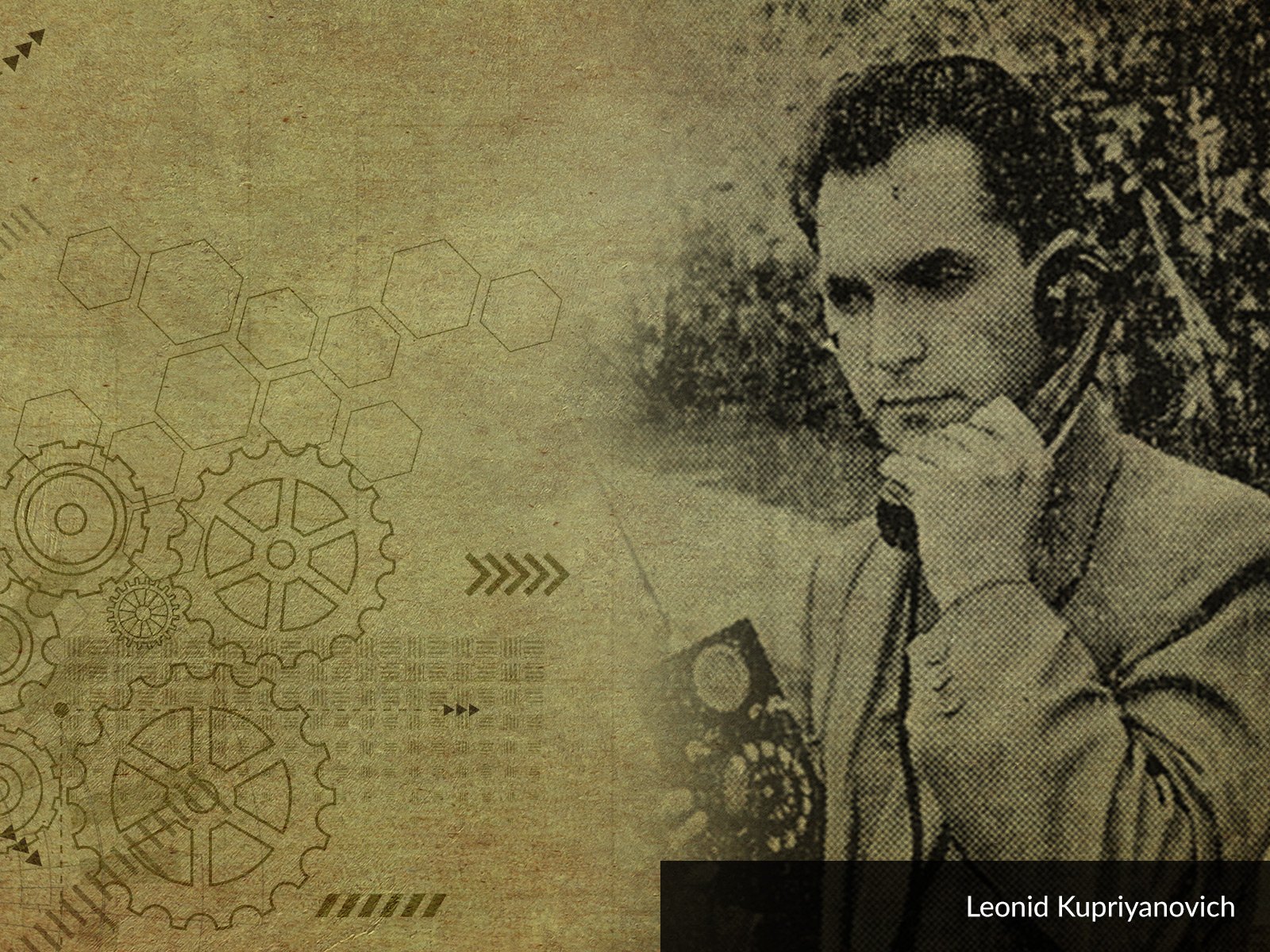
Herman Andrew Affel was born on 4 August 1893 in New York. He studied at MIT, to join a group of prominent engineers and inventors who were developing their careers in Bell Labs. Among many of his co-workers, there was Lloyd Espenschied. Their cooperation resulted in the creation of the coaxial cable, which significantly contributed to the development of transatlantic communication. The whole concept of the coaxial cable was created earlier and patented by Oliver Heaviside in 1880. However, the engineer duo from the Bell Labs introduced some improvements, which allowed it to respond to the growing needs of fast, interference-free signal transmission over long distances.
Today, we do not need to convince anyone of the role and significance of fast information transmission. Although the standards have changed drastically over the last 100 years, the engineers and inventors were well aware of that back then, too. This is proven by the stories of people like Antonio Meucci or Samuel Morse, whom we have written about before. Already at the beginning of the 20th century, telephone networks started covering the world more and more densely. The role and reach of the media grew too – first of the radio, and in the following years also television. It is worth remembering that the infrastructure of that time had large technical limitations compared to modern standards – calls had to be connected through the telephone switch (often operated manually), not to mention the bandwidth of the network. According to data from the Statista Research Department, at the turn of the 1920s and 1930s, there was a telephone in nearly 40% of US households, and this number would rise up to World War II. In the case of Herman Affel’s story, we can say confidently that necessity was the mother of invention, as it was the need for an improved network bandwidth that prompted Affel and Espenschied to work on a more efficient cable which could allow for a better connection – first between Baltimore and Pittsburg, and then in the whole network throughout the USA and worldwide.
The “mission” was a success. At the beginning of the 1940’s, thanks to the work of the Bell Labs researchers, the network bandwidth allowed for the handling of nearly five hundred telephone calls at the same time. In 1956, mainly due to Affel and Espenscheid’s invention, the first transatlantic phone call was made between the Scottish town of Oban and Clarenville in Canada.
Coaxial cables belong to the best recognised “professional” products in the TME’s catalogue. Most people probably know them as cables which we can use to connect TV and radio sets with DVB-T, satellites, etc. However, this is only a fraction of this product family. Many users may not notice that headphones and speakers also use the coaxial cable structure, thanks to which we can level the electromagnetic interference that could influence the sound quality. Actually, wherever there are signals of a low power and high frequency (telecommunications, IT), wire shielding is used to secure the transmission of data. The applicable HDMI or USB standards precisely define that cables need to be secured using grounded braid – otherwise the cable will not have the maximum capability offered by its standard.
Of course, there is a group of inseparable (sic!) products that accompany cables, namely connectors – nowadays, we deal with a whole range of solutions dedicated to coaxial cables and their specific applications. These are mainly BNC connectors, often found in measuring equipment, SMA sockets and plugs, which we use to connect antennas to Wi-Fi routers, characteristic F-type plugs, known from TV tuners, and also miniature IPX connectors – the element of many wireless communication modules – mobile phones, GPS receivers, and even laptops (however, here, they are hidden deep inside the cover). Moreover, it is impossible to overestimate the role that coaxial cables and connectors play in industrial conditions, allowing for precise automation in tough conditions characterised by high EMI.
Designers, engineers and even hobbyists should remember the beautiful conclusion from the story of Herman Affel: sometimes an invention is not a question of a patent, but of its application.





